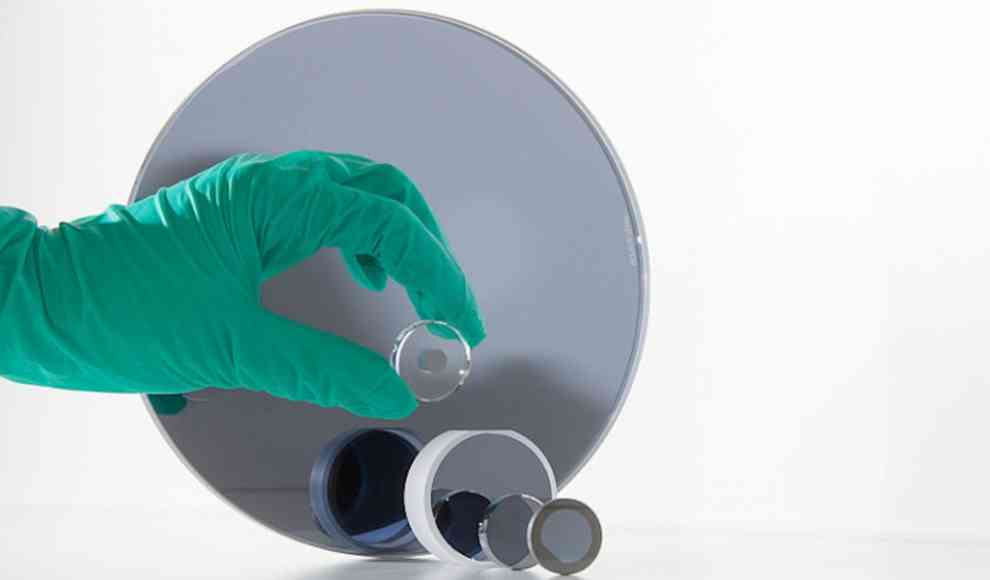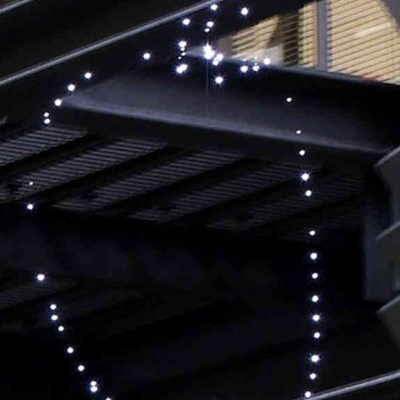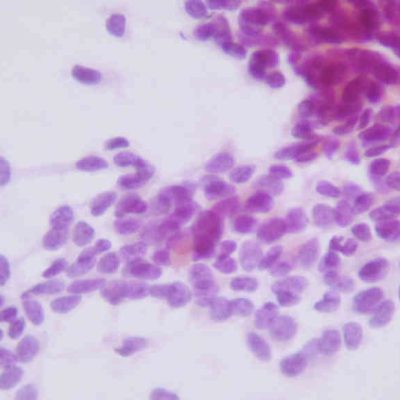A new super mirror with a coating made of single crystals reflects 99.999% of light. This mirror could be used to detect methane leaks in natural gas production and for early cancer detection. Researchers at Purdue University in West Lafayette, Indiana, recently introduced a white pigment made of barium sulfate that reflects 98.1% of incoming light. The color reflects infrared light, making surfaces coated with it cooler than their surroundings. Researchers at the University of Vienna have now shown in the journal Optica another surface with extreme reflectivity. The crystalline super mirror absorbs less than ten out of a million light particles. Such high-performance laser mirrors, between which light can be sent back and forth almost without loss, are mainly used in measurement methods that require very high accuracy.
Low-loss mirrors are a key technology for many different research fields, linking diverse areas such as cancer diagnosis and gravitational wave detection, explains Oliver Heckl, head of the Christian Doppler Laboratory for Mid-IR Spectroscopy and Semiconductor Optics at the Faculty of Physics at the University of Vienna. The basis of the new super mirror is a coating made of single crystals. These reflect laser light more undisturbed than any other known material. This material was also developed at the University of Vienna a few years ago by a team led by physicist Markus Aspelmeyer and US researcher Garrett Cole, who was also involved in the current development. The technology’s further development was presented in cooperation with the University of Kansas and the National Institute of Standards and Technology (NIST). The focus was on light frequencies in the mid-infrared range, which can also measure differences in almost identical molecules.
The scientists first grew the special crystal layers for the production of the mirror, which were then transferred to a curved silicon surface using a specially developed process. This resulted in a mirror that captures ten thousand times fewer photons than conventional reflectors. The researchers now work at the spin-off company Thorlabs Crystalline Solutions, which is driving the development of laser mirrors. Possible applications for the new super mirror include early cancer detection or the search for methane leaks in natural gas production. In addition, the researchers discovered an effect in the prototype that was previously unknown in physics, which leads to absorption in semiconductor structures. “These results give us great opportunities for further development of the mirrors,” explains Lukas Perner.









